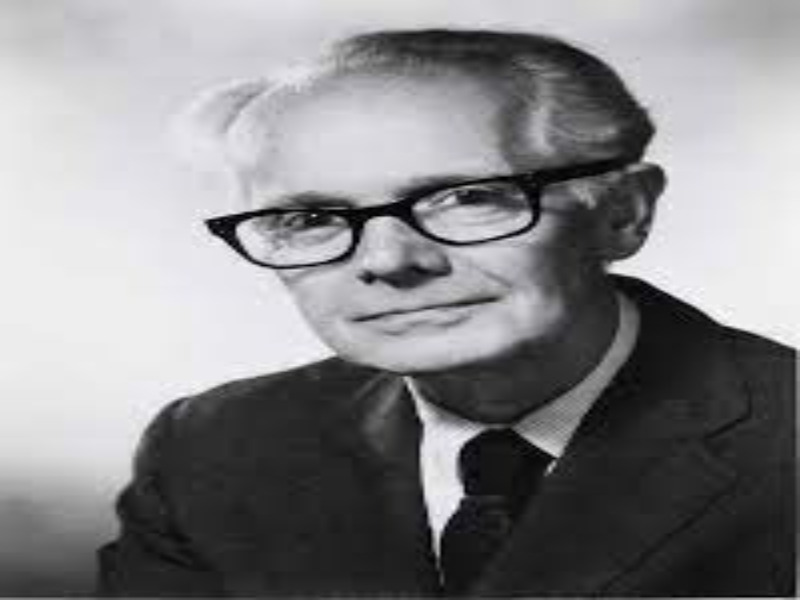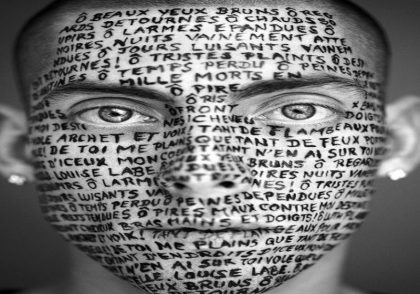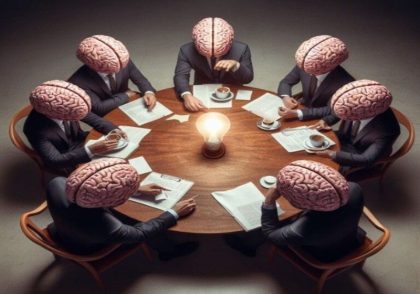Types of Self and Transference in Kohut Theory

Narcissistic Personalities in Kohut’s Self Psychology: Types of Self and Transference
Modern psychoanalysis has been significantly shaped by Heinz Kohut, who introduced Self Psychology as a framework for understanding narcissism and self disorders. Unlike classical Freudian approaches that viewed narcissism primarily as a pathological regression, Kohut emphasized that narcissism is a natural and necessary stage of psychological development. According to Kohut, a child needs to experience mirroring, idealization, and twinship (alter ego) relationships to develop a cohesive and healthy self.
When these needs are inadequately met in childhood, adults may present with different forms of self pathology and narcissistic personality traits. This article explores two central aspects of Kohut’s theory:
- Narcissistic transference
- Pathological selves
By understanding these, clinicians can gain deeper insight into treatment strategies and the developmental origins of narcissistic vulnerabilities.
Narcissistic Transference in Kohut’s Psychoanalysis
Kohut and his colleagues argued that a defining feature of narcissistic pathology in psychoanalysis is the emergence of narcissistic transference, which represents the revival of key developmental stages from childhood.
- Mirroring Transference
- In mirroring transference, the patient seeks to revive the grandiose self.
- The therapist must act as a mirror (selfobject) to validate and confirm the patient’s sense of greatness and exhibitionism.
- Kohut identified three forms:
- Merger with the grandiose self: The patient perceives the therapist as an extension of themselves rather than an independent person.
- Alter ego or twinship transference: The patient experiences the therapist as a peer with similar values and characteristics.
- Limited mirror transference: The patient cognitively recognizes the therapist as separate but values them only for affirming the patient’s grandiosity.
- Idealizing Transference
- In idealizing transference, the patient seeks to connect with an idealized parental image.
- Separation from this idealized object evokes feelings of emptiness and helplessness.
- This transference can appear in more archaic (primitive) or more mature forms, depending on the patient’s developmental stage.
Clinical Significance
According to Kohut (1971), the presence of either mirroring or idealizing transference is central to diagnosing narcissistic disorders. Without observing these transferences, clinicians cannot definitively identify a narcissistic or self disorder.
Pathological Self in Kohut’s Theory
Kohut and Wolf (1978) outlined various patterns of self pathology that result from unmet developmental needs in childhood. These pathological selves manifest as distinct personality types in adulthood.
- Understimulated Self
- Arises from a lack of mirroring and responsiveness in early development.
- Individuals feel listless, dull, and lacking vitality.
- Children may engage in self-stimulating or self-injurious behaviors; adults may use compulsive sex, gambling, or substance use to fill the void.
- Fragmenting Self
- Represents a structural regression or loss of inner cohesion.
- May manifest mildly (e.g., a typically neat person arriving disheveled) or severely (a sense of falling apart, hypochondriacal rumination, or fragmentation of identity).
Example of hypochondriacal concern:
Mary, a 32-year-old patient, constantly worries about her heart, stomach, or minor aches. Even after medical evaluations confirm her health, she remains convinced something is seriously wrong. This worry is linked to a fragmenting self, reflecting a lack of inner cohesion that magnifies minor bodily sensations into major threats.
- Overstimulated Self
- Results from excessive or inappropriate mirroring during development.
- Individuals are flooded with unrealistic fantasies of power, greatness, or specialness.
- Mirror-Hungry Personality
- Has a primitive archaic self that remained unmirrored.
- Seeks others to act as selfobjects that reflect their grandeur and affirm their worth.
- Displays attention-seeking and performative behaviors to compensate for low self-esteem.
- Ideal-Hungry Personality
- Feels worthwhile only in connection with powerful, beautiful, or admired selfobjects.
- Continuously searches for an idealized other to restore inner cohesion.
- Alter Ego Personality
- Requires relationships with individuals sharing similar appearance, values, or characteristics.
- Relies on these relationships to confirm self-existence and reality.
- Merger-Hungry Personality
- Boundaries of self and object are blurred.
- Experiences the other person as part of the self.
- Needs constant presence of the selfobject to maintain self-cohesion.
- Contact-Shunning Personality
- Avoids relationships to deny intense dependency needs.
- Appears independent but internally struggles with unmet relational needs.
Types of Self and Narcissistic Personalities
| Type of Self / Personality | Key Feature | Clinical Expression |
| Understimulated Self | Lack of mirroring → emptiness | Compulsive behaviors, addictions |
| Fragmenting Self | Loss of inner cohesion | Falling apart, hypochondriacal worry |
| Overstimulated Self | Excessive mirroring → fantasies | Unrealistic power fantasies |
| Mirror-Hungry Personality | Needs reflection | Attention-seeking, admiration craving |
| Ideal-Hungry Personality | Seeks idealized other | Longing for powerful or admired figures |
| Alter Ego Personality | Needs similarity | Relationships with peers or equals |
| Merger-Hungry Personality | Weak self-object boundaries | Fusion with others, loss of differentiation |
| Contact-Shunning Personality | Avoids contact | Denial of relational needs, withdrawal |
Therapeutic Implications
Understanding these types helps clinicians tailor interventions in psychoanalytic therapy. Therapists serve as selfobjects, providing the experiences that were missing in childhood:
- For mirror-hungry personalities, therapists offer authentic validation.
- For ideal-hungry personalities, therapists manage idealization without becoming idealized themselves.
- For merger-hungry personalities, maintaining healthy boundaries while offering supportive presence is crucial.
Kohut emphasized active empathy as the cornerstone of therapy, enabling the restoration and integration of damaged self structures.
Kohut’s self psychology reframes narcissism as a developmental phenomenon rather than a mere pathology. By identifying patterns of narcissistic transference and pathological selves, clinicians gain a nuanced understanding of the vulnerabilities, behaviors, and relational needs of narcissistic individuals. Recognizing these patterns informs therapeutic strategy, allowing for the restoration of self-cohesion and healthier relational functioning.
References
- Kohut, H. (1971). The Analysis of the Self. New York: International Universities Press.
- Kohut, H., & Wolf, E. S. (1978). Disorders of the self and their treatment. International Journal of Psycho-Analysis, 59, 413–425.
- Wolf, E. S. (1988). Treating the Self: Elements of Clinical Self Psychology. New York: Guilford Press.
- Tahmaseb, A., & Ali Aghaei, H. (2019). Contemporary Psychoanalysis and Analytic Psychotherapy. Tehran: Danjeh.
- Kohut, H. (1977). The Restoration of the Self. New York: International Universities Press







Leave a Reply